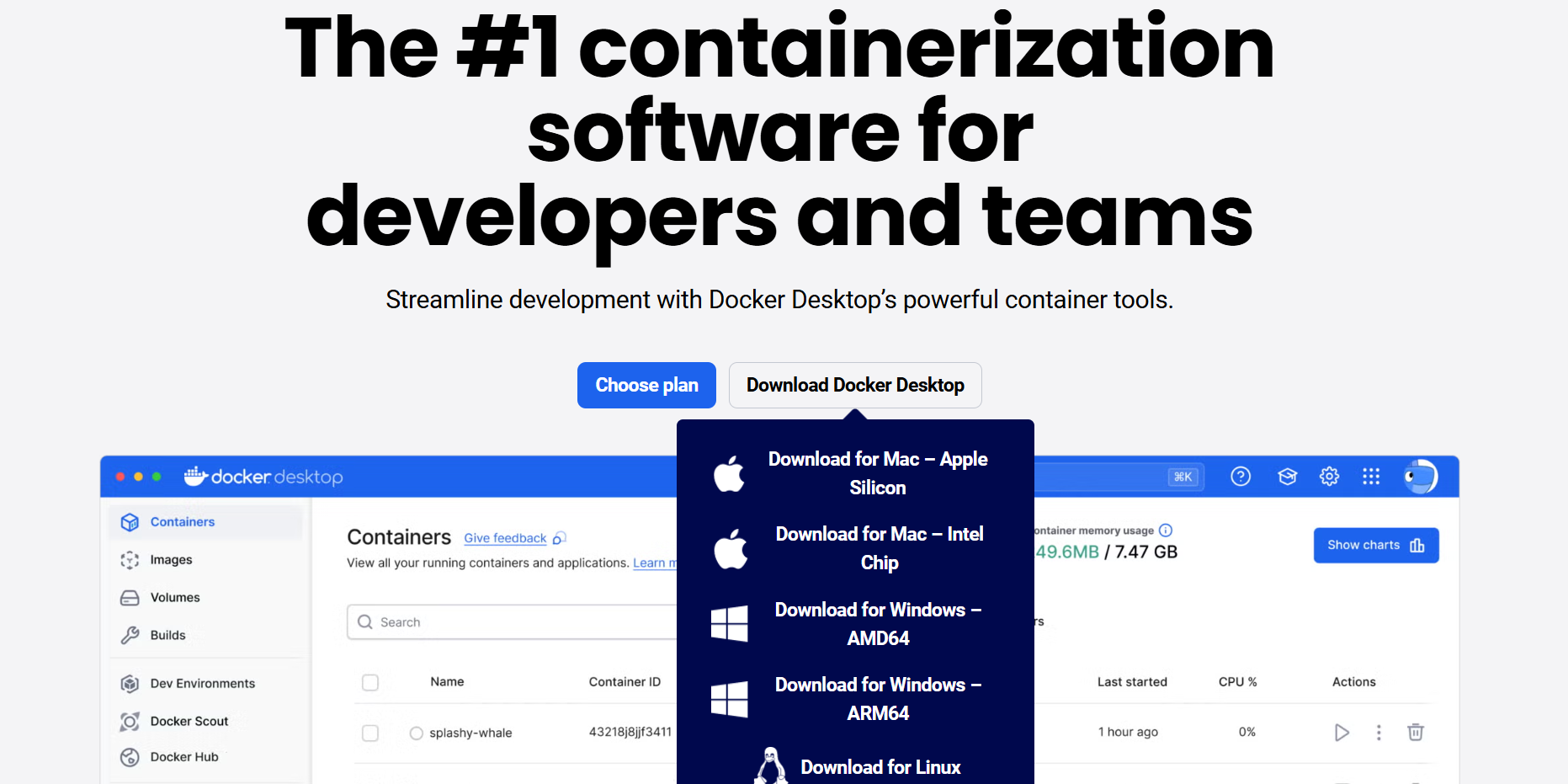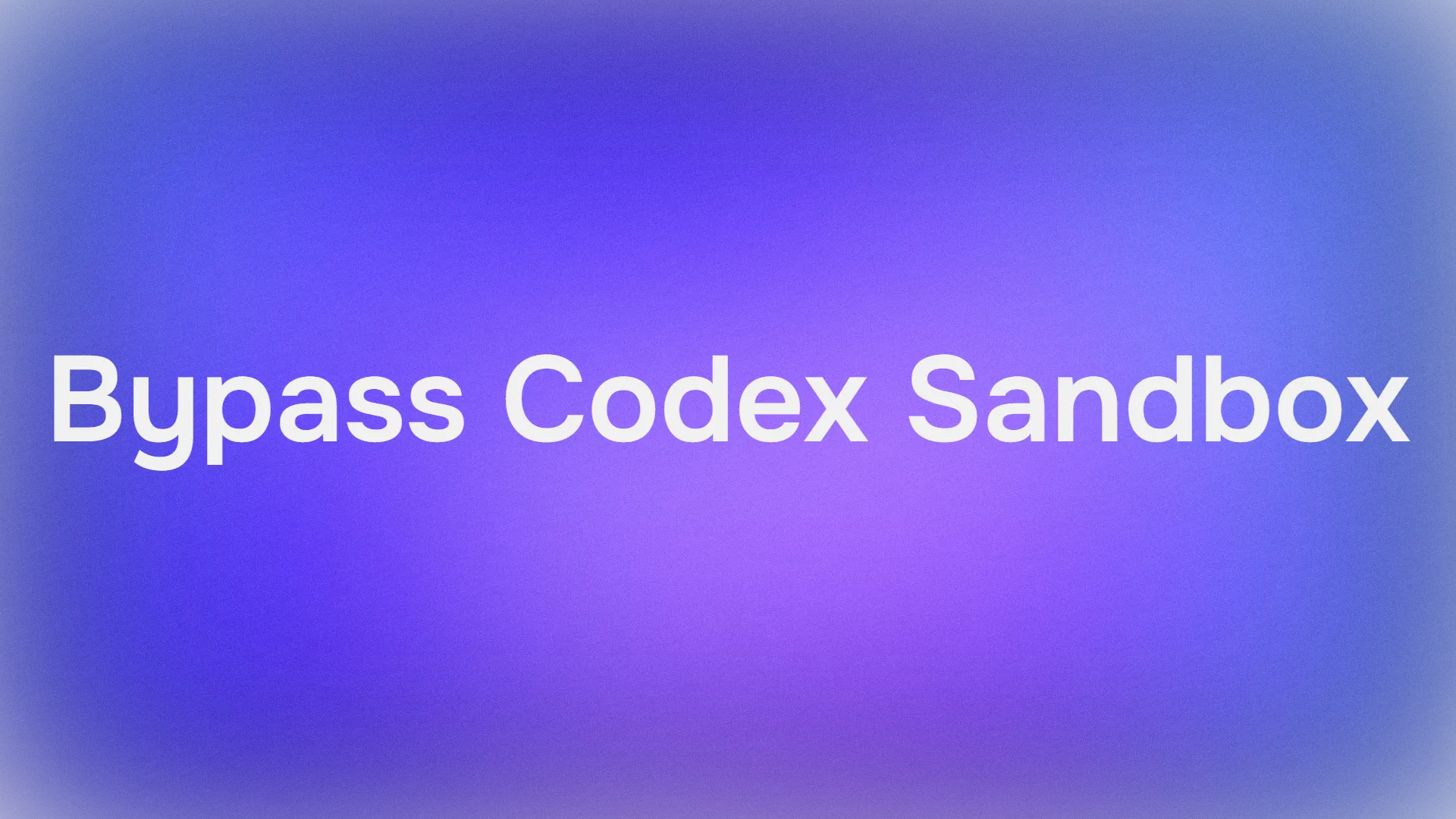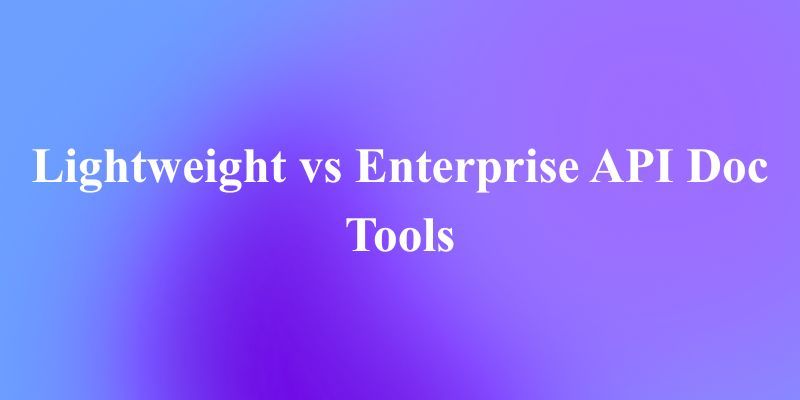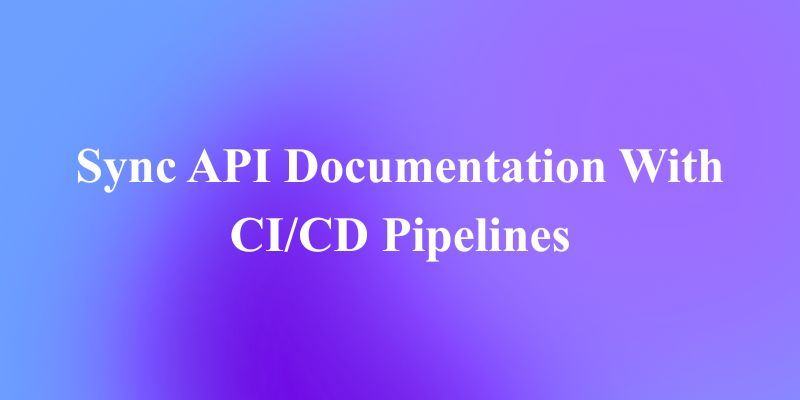Codex — OpenAI’s coding LLM — is built with multiple layers of sandboxing and approval by default, enforcing strong guardrails for safe execution. But sometimes developers may want to run Codex with fewer restrictions for trusted workflows. This article explains what the Codex sandbox is, why it exists, and how you can use the --dangerously-bypass-approvals-and-sandbox flag to disable it.
Disclaimer: Bypassing the Codex sandbox can undermine critical security measures intended to protect your system and codebase. The following is purely for educational purposes — proceed at your own risk and only in controlled environments.
Want an integrated, All-in-One platform for your Developer Team to work together with maximum productivity?
Apidog delivers all your demands, and replaces Postman at a much more affordable price!
Installing the Codex CLI or Running It in Docker Before Bypassing the Codex Sandbox
Before attempting to bypass the Codex sandbox, you should install Codex CLI or run it in a controlled environment like Docker:
Install Codex CLI:
# Install via NPM
npm install -g @openai/codex
# Install via Homebrew
brew install --cask codex
Then simply run codex in your terminal to get started Codex CLI.
Authenticate Codex CLI:
Export your API key:export OPENAI_API_KEY="<your-openai-key>" on Windows use set command instead of export.

Or run Codex in Docker
If you prefer container isolation (recommended when bypassing sandbox):
docker run --rm -it -v "$(pwd):/workspace" -w /workspace ghcr.io/openai/codex:latest \ codex --sandbox danger-full-access --ask-for-approval never
This gives Codex full access inside the container, while isolating it from your host system.

What Is the Codex Sandbox?
The Codex sandbox is a security mechanism that limits what Codex can do on your machine. According to the OpenAI Codex security guide:
- When you run Codex locally (CLI or IDE), it uses OS-level sandboxing (e.g. Seatbelt on macOS, seccomp / Landlock on Linux). (more on that at OpenAI Developers)
- By default, network access is disabled, and write permissions are restricted to your current workspace.
- For commands outside your workspace, Codex will ask for your approval.
- As illustrated at Online Tool Documentation, the default approval mode is often Auto, meaning Codex can write in your workspace but needs approval for risky operations.
These sandboxing measures are meant to protect users from unintended actions: malicious code execution, data leaks, or harmful system changes.
Why the Codex Sandbox Exists
Here are the key reasons Codex is sandboxed by default:
- Security: Prevents Codex from arbitrarily writing to your machine outside the workspace.
- Network Safety: Disallows network access unless explicitly allowed, reducing the risk of data exfiltration or unsafe API calls.
- Controlled Execution: As shown at Fossies, Codex requires user approval for actions that could be dangerous (running commands, modifying system files).
- Isolation: Ensures Codex runs in a controlled environment, minimizing the potential damage from buggy or malicious prompts.
When You Might Want to Bypass the Codex Sandbox
There are legitimate scenarios for disabling the sandbox, especially in trusted environments:
- You run Codex inside a docker container or isolated VM where risk is already managed.
- You need Codex to run shell commands, install dependencies, or fully automate tasks without repeated user approval.
- You’re using Codex in a trusted CI/CD pipeline and want to grant it higher permissions.
- You understand the risks and want to experiment or prototype features that require full file system or network access.
How to Bypass the Codex Sandbox — With Config & Commands
Here’s how to configure and run Codex without sandbox restrictions, using both CLI flags and config.toml:
Bypassing via CLI Command
Run the following command to completely bypass sandboxing and approval prompts:
codex --dangerously-bypass-approvals-and-sandbox
This is equivalent to full-access mode: no sandbox, no confirmations. Use only in controlled environments.
Bypassing via ~/.codex/config.toml
You can set persistent configuration in your config.toml to skip sandboxing:
# ~/.codex/config.toml
model = "gpt-5-codex"
approval_policy = "never"
sandbox_mode = "danger-full-access"
[sandbox_workspace_write]
network_access = true
# (Optional) define additional writable roots
writable_roots = ["/workspace", "/tmp"]approval_policy = "never" disables any approval prompts.
sandbox_mode = "danger-full-access" removes sandbox isolation.
[sandbox_workspace_write].network_access = true allows Codex to make network calls when in workspace-write mode.
With this config (assuming you're okay with those risks), Codex will run without asking you for confirmation and with full filesystem and network privileges (more on this at OpenAI Developers).
Testing the Sandbox Behavior
You can test how Codex behaves under different sandbox settings by using its debug commands:
# On macOS:codex
sandbox macos --full-auto ls /
# On Linux:codex
sandbox linux --full-auto ls /These commands run arbitrary shell commands under Codex’s enforced sandbox policy, helping you observe what is and isn’t permitted.
Risks of Bypassing the Codex Sandbox
With bypass enabled, Codex can:
- Run any shell command, including risky or destructive ones (delete files, modify system config)
- Read and write anywhere on disk
- Potentially make network calls, depending on config
Use bypass only when:
- You're running Codex in a secure, isolated VM or Docker container
- You trust the prompts and are comfortable with full access
- You're automating trusted workflows (e.g., CI), not letting unvetted LLM prompts run arbitrarily
Known Vulnerabilities & Bug History of the Codex Sandbox
It’s worth noting there was a sandbox bypass vulnerability due to a bug in Codex’s path configuration logic (as stated at GitHub and GitLab Advisory Database). Certain versions of the Codex CLI treated a model-generated working directory as writable, even if it should have been isolated.
- This allowed writes outside the intended sandbox boundary.
- The issue was patched in Codex CLI v0.39.0.
- If you're considering bypassing sandbox, make sure your version is up to date to avoid exploitation via known security flaws.
Frequently Asked Questions
Q1. Is bypassing the Codex sandbox recommended for general use?
No — it is only recommended in a controlled, trusted environment. Bypassing removes security safety nets.
Q2. Does bypassing sandbox disable all safety prompts?
Yes. The flag --dangerously-bypass-approvals-and-sandbox disables both sandbox restrictions and approval prompts.
Q3. Can I safely run bypass mode inside Docker?
It’s safer — Docker provides isolation. If your container is well-configured, bypassing sandbox may be acceptable for trusted workloads.
Q4. What if I’m using an older version of Codex CLI?
Older versions (≤ 0.38.0) may have sandbox bugs, including path escape vulnerabilities. Update to the latest version before using bypass mode.
Q5. How do I revert back to sandbox mode?
Simply run Codex without the dangerous flag, or explicitly set sandbox mode via:
codex --sandbox workspace-write --ask-for-approval on-request
Conclusion
The --dangerously-bypass-approvals-and-sandbox flag gives Codex maximum freedom — but that freedom comes with serious risk. The Codex sandbox is there to protect your system, data, and workflow from unintended or malicious behavior. Only bypass it if you fully understand the implications, are running in a trusted environment, or need unrestricted access for automation.
If you're working in a shared, production, or sensitive context, it’s almost always safer to stick with the sandbox and approval prompts. But for controlled experiments, CI pipelines, or trusted containers, bypassing can unlock powerful use cases — just don’t do it lightly.
Want an integrated, All-in-One platform for your Developer Team to work together with maximum productivity?
Apidog delivers all your demands, and replaces Postman at a much more affordable price!



